| I have always been naturally curious growing up in Arizona, so it is no wonder I ended up pursuing a career as a scientist. I used to have jars of insects in my room, let my lunch items mold just to observe the changes, and was always outside making lists of birds, plants, and rocks. So I was lucky my mother put up with my curiosities and let me buy lots of books on different subjects growing up. My mother helped support my passions in life and as I got older I was inspired by my mentors from different programs like Si Se Puede Foundation and Arizona State University’s Los Diablos. I saw people leading change in the community and people with similar cultural experiences as mine being Latinx clinicians and professors. I think it was a culmination of these things that really motivated me to pursue a career in science, to eventually be that person for others as well, and is part of my path that led me back here to University of Arizona. I recently defended my Ph.D. in Microbiology and Immunology at Virginia Commonwealth University in Richmond, Virginia this summer. My graduate work was centered on microbiome research working with VCU’s Vaginal Microbiome Consortium (VMC). My research for the VMC encompassed comparative genomics of cervicovaginal bacteria especially Bifidobacterium species, understanding correlations between the cervicovaginal microbiome in reproductive health and disease, as well as maternal-infant microbial transmission and toddler health progression. I joined Dr. Melissa Herbst-Kralovetz’s lab at University of Arizona’s College of Medicine-Phoenix July 2021 and have been using both my passion for advocacy work and science to assist with my research on the cervicovaginal microbiome. I am currently facilitating research as a postdoctoral researcher investigating the cervicovaginal microbiome and its role in endometrial cancer and gynecologic conditions like endometriosis. Specifically, I am utilizing my skills in microbiome analysis, microbial genomics, computational biology to better understand potential oncogenic bacteria and beneficial bacteria like Lactobacillus and their contributions to the cervicovaginal microenvironment in health and disease. I am also assisting in a collaborative project between Dr. Herbst-Kralovetz and Dr. Greg Caporaso’s group, creator of the popular Qiime2 microbiome software, from Northern Arizona University to look at the microbiome’s role in endometrial cancer, I am specifically analyzing the low-microbial biomass body site of the endometrium to validate our findings of this site. I am delighted to be part of Dr. Herbst-Kralovetz’s lab as we are currently using multi-omic approaches with immunoproteomics, metabolomics, and genomics in conjunction with the lab’s 3-D human cell models and large clinical studies to set the foundation for creation of innovative microbial biomarker diagnostics. In addition, our lab’s societal goals of expediting the research pipeline from bench to bedside tries to focus on health disparities within gynecologic conditions in context to Arizona’s diverse populations with many studies focusing on the Hispanic/Latinx, Native American, Aging communities. Thanks to Dr. Herbst-Kralovetz’s mentorship and collaboration, I was recently awarded a postdoctoral fellowship from the Community Foundation of Southern Arizona to begin work on studying three new bacteria that were recently classified as Atopobium vaginae, a key vaginal bacteria linked to the most common vaginal disorder bacterial vaginosis, that has also recently been associated with cervical and endometrial cancers. We hypothesize that there are different cancer-causing contributions amongst these three novel vaginal bacteria. Our first goal of this project is to analyze the “cancer-causing” potential of these newly identified bacteria using a well-characterized 3-D human endocervical cell model in the lab. While our second goal is to evaluate the clinical phenotypic presentation and microbiome relationship of these novel bacteria in two previously collected cervical and endometrial cancer cohorts. Potential clinical and immunometabolic differences seen from this study could impact early diagnostics and future clinical care of gynecologic cancers and provide insight into potential oncogenic mechanisms of bacteria that inhabit the cervicovaginal environment. While much of my time is dedicated to my research, I also like to be heavily involved in different advocacy initiatives on and off campus. During my time at ASU (undergrad) and VCU(grad), I began advocating for science, STEM education, diversity, and mental health and well-being for the campus. These outside activities have taught me the importance of inclusivity in research and dissemination of science to the public. Although plenty busy with my research and advocacy work, I find time to unwind by playing intramural sports like dodgeball, hiking, crafting cocktails, cooking, reading, and being a cat mom. Want to chat about science or why Arizona is a great state, reach out via LinkedIn (https://www.linkedin.com/in/jimeneznr/) or follow me on Instagram(@Prettyfly4asci) and Twitter(@ScientistNicole). |
|
0 Comments
Dr. Osmar Luiz Moreira P. F. Menezes - Department of Chemical and Environmental Engineering9/16/2021
|
SpotlightEach month we'll feature a Postdoctoral Scholar and their research, sharing their experiences from the UA, life in Arizona and their research interests. Archives
November 2022
Categories |
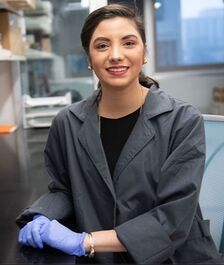
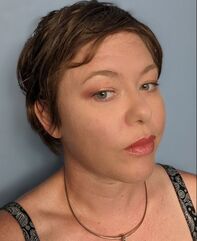
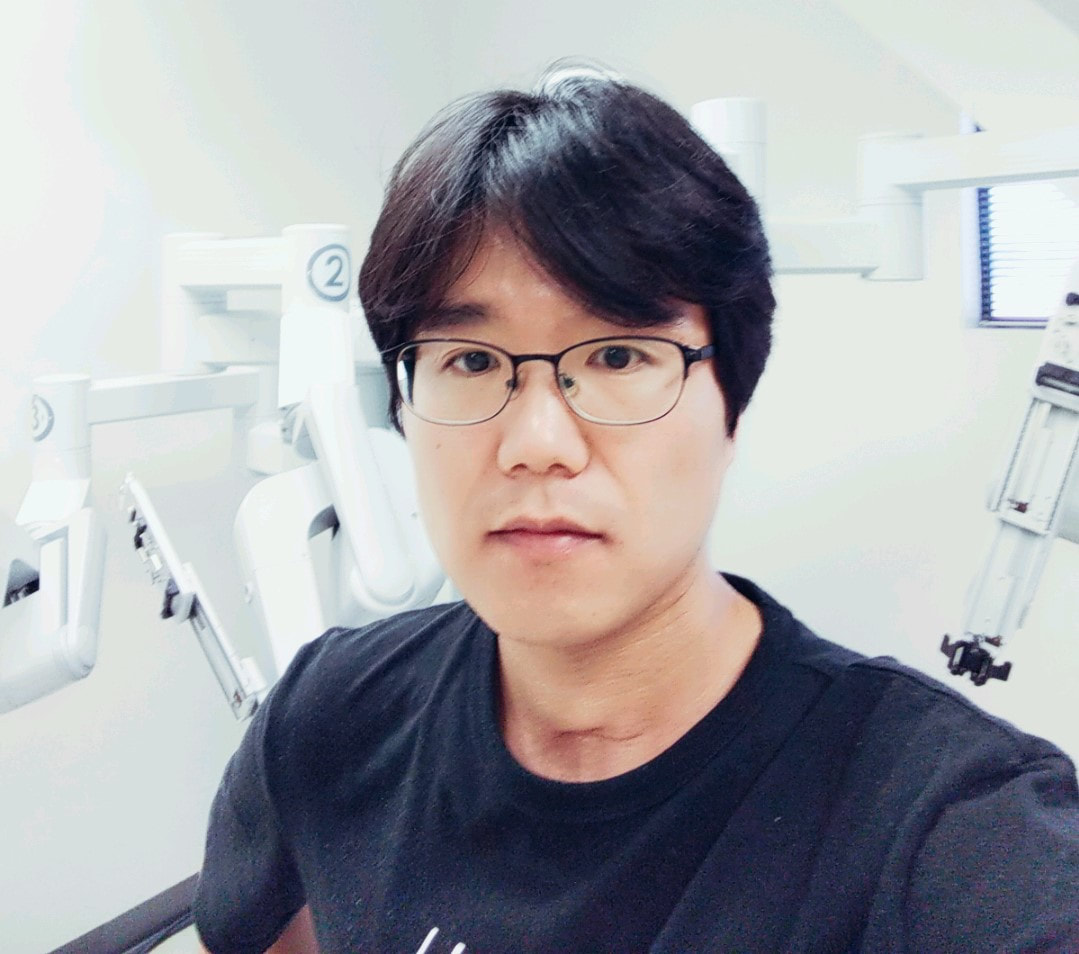
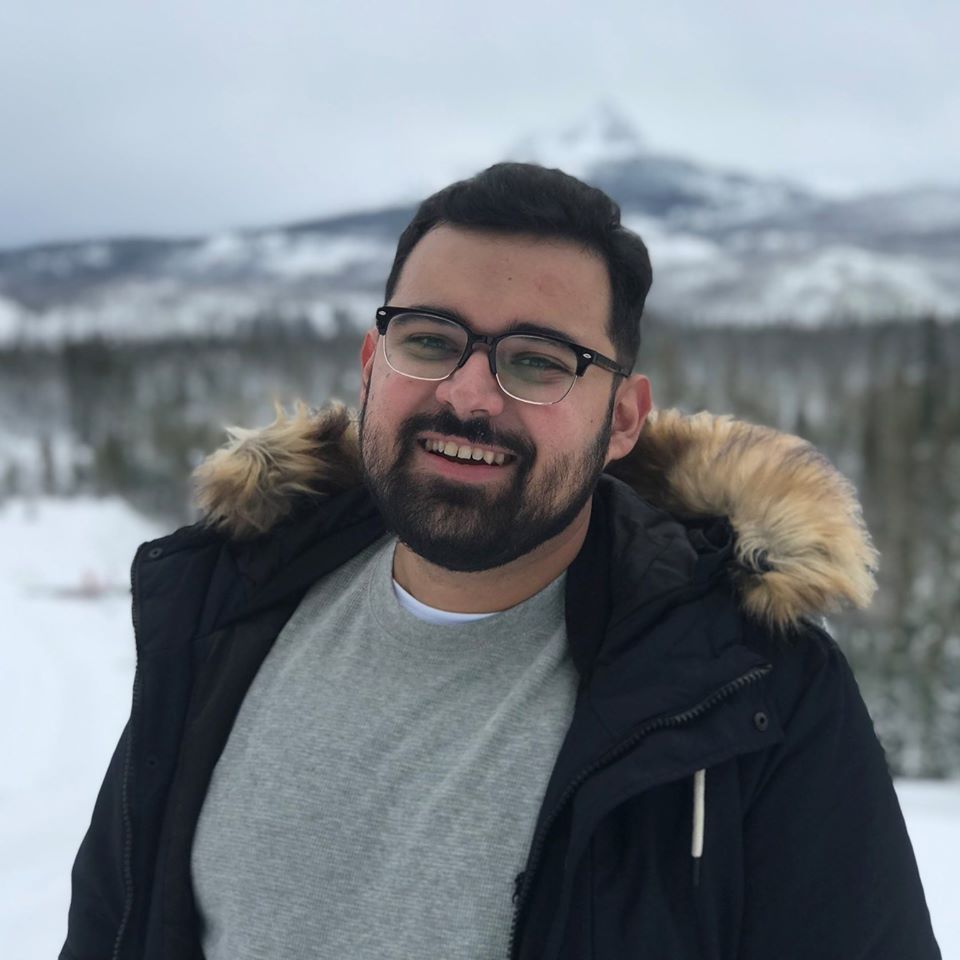
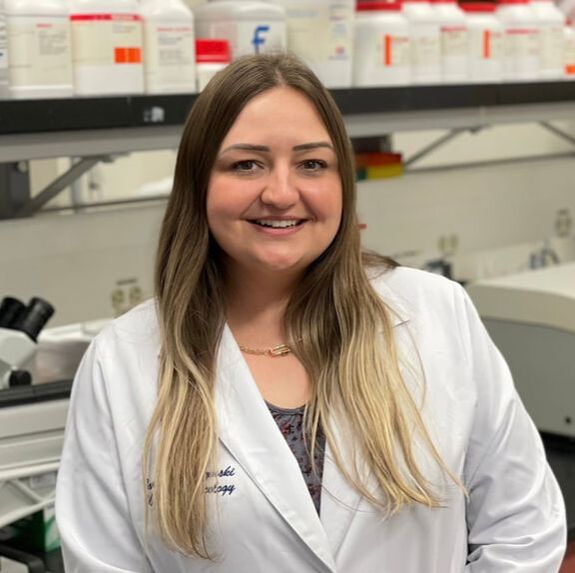
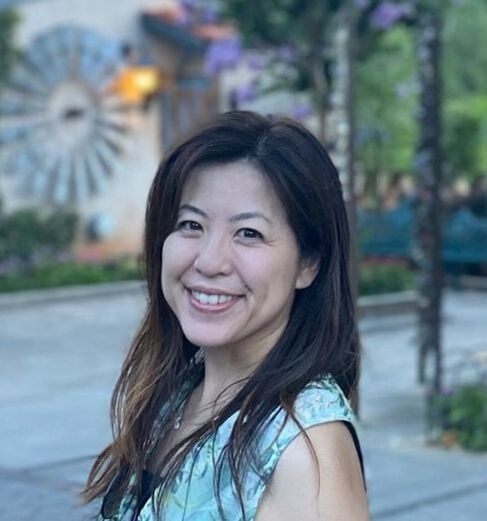
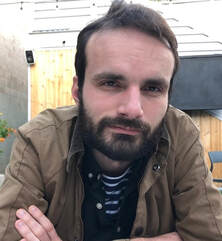
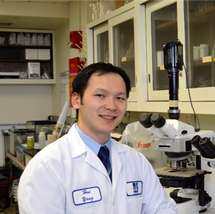
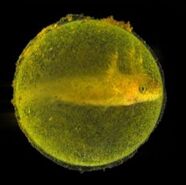

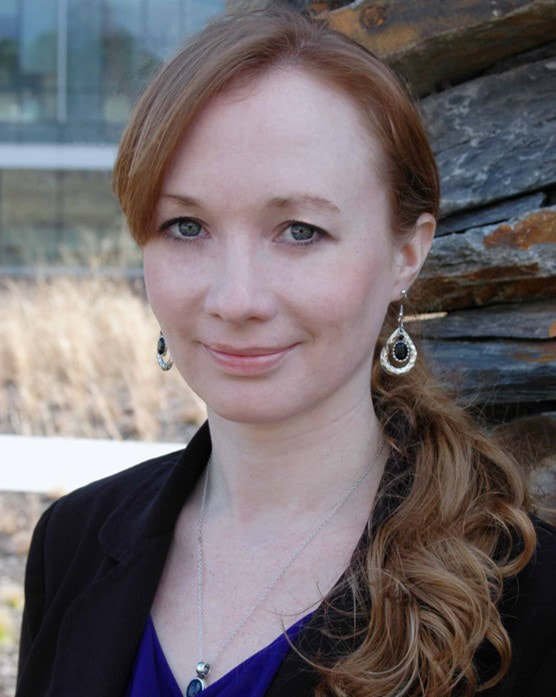
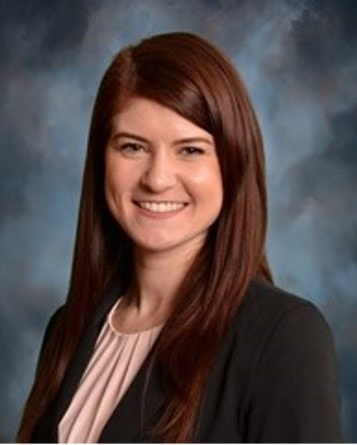
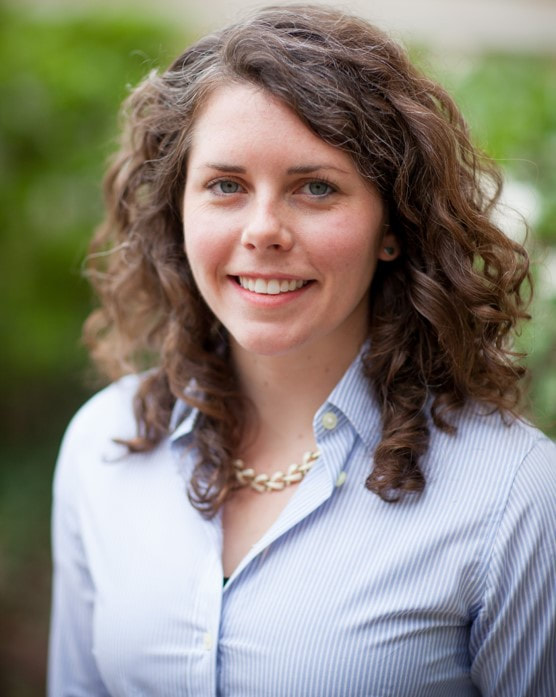
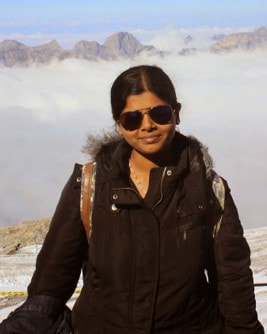
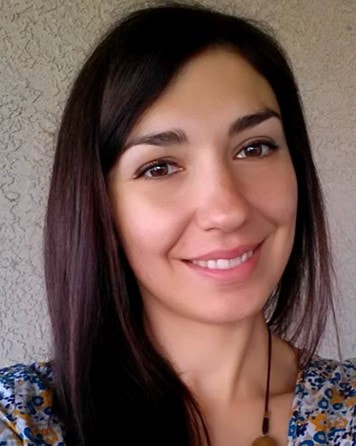
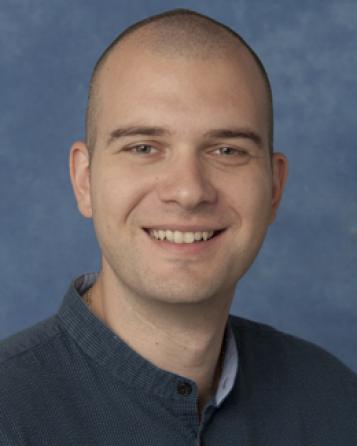
 RSS Feed
RSS Feed
